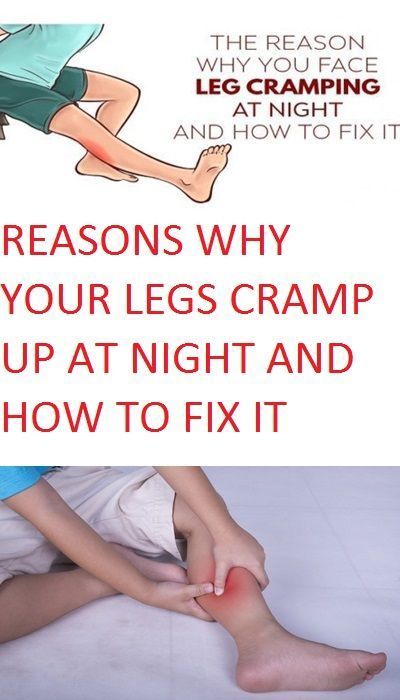Why are my legs tired?
Tired legs are a fairly common symptom with a variety of underlying factors. You may have an increased risk for tired legs if you’re female, overweight, or older. Tired legs can also occur in people who regularly sit or stand for extended periods of time.
Read on to learn more about this symptom, including common causes and treatments.
A variety of factors can cause tired legs. Tired legs may be accompanied by pain, soreness, or cramping. Tired legs aren’t usually a cause for concern, but it’s still important to pay attention to your body when tiredness occurs. This is especially so if you have other symptoms.
Here are some possible causes for tired legs:
If you’ve recently used your legs more than normal, they may feel tired. Make sure you’re getting enough rest and working within the limits of your body. This will help you avoid stress, strain, and injury.
If you frequently use your legs while working, take plenty of breaks throughout the day.
Not using your legs can also cause leg tiredness. If you have to sit for extended periods, make a point to stand and be active for at least five minutes every hour.
If you’re spending an extended amount of time in bed, do simple leg-raising exercises and stretches each hour. Elevate your legs on pillows.
Overuse of your legs can lead to muscle cramps. Muscle cramps can cause your legs to feel tired.
Allow your legs and body plenty of time to rest until your symptoms subside. See your doctor if cramping becomes severe. Here are more ways to stop leg muscle cramps.
Hypokalemia occurs when you have low levels of potassium in the bloodstream. This can cause:
Certain medications or conditions may cause hypokalemia. See your doctor to determine the underlying cause and best treatment option for you.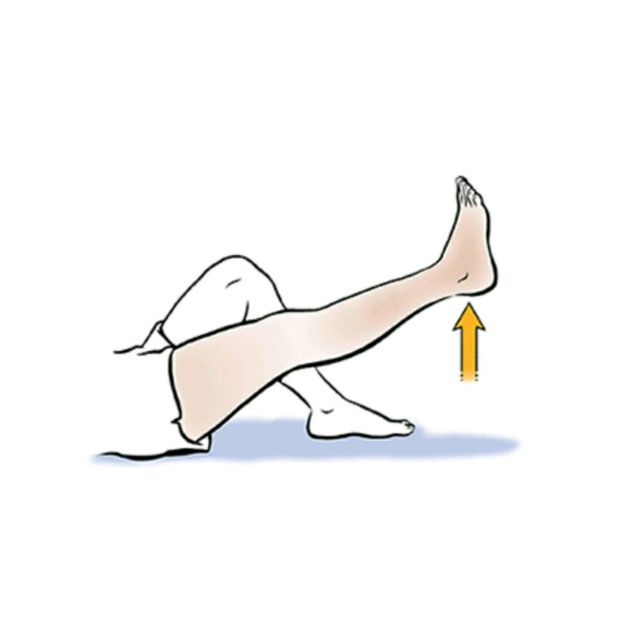
You may have tired, heavy, or aching legs if you have varicose veins. These occur when your veins don’t work properly and begin to collect blood. This causes your veins to enlarge and swell.
Usually self-care measures, such as exercise, elevation, and compression stockings, can help alleviate these symptoms. See your doctor if your symptoms don’t improve.
Your legs may feel tired or fatigued if your blood isn’t circulating through your body properly. Poor circulation often affects the lower part of your body since it’s harder for blood to flow upward toward your heart. Sometimes blood can collect in your legs, ankles, and feet.
You may be able to improve poor circulation by:
See your doctor if you’ve taken steps to improve your circulation but haven’t seen improvement. Your doctor may prescribe medication to improve your circulation.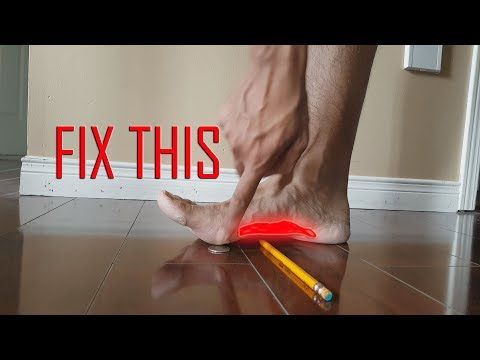
Swelling in pregnancy can be caused by:
Your legs may feel tired and uncomfortable as a result. You may experience cramping and varicose veins.
Sleeping on your left side can help reduce some of the pressure from the vein that circulates blood from your lower body to your heart. You can also try these five exercises.
See your doctor if you experience any sudden or severe swelling. This could be a sign of preeclampsia.
Muscle fatigue or heavy legs can be a sign of MS. In fact, fatigue is the most commonly reported symptom among people with this condition. Heat and humidity may make fatigue worse.
MS causes fatigue because the condition affects your nerves and disrupts the communication between your brain and your muscles.
Other symptoms of MS include:
MS requires a diagnosis from your doctor.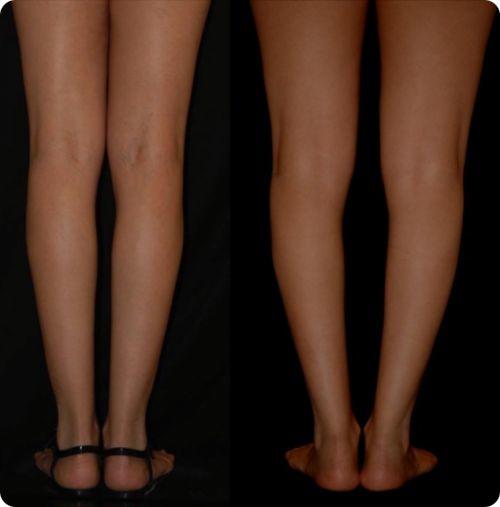 Talk to your doctor if you suspect MS.
Talk to your doctor if you suspect MS.
In many cases, you can treat tired legs at home.
Dry brushing may help stimulate circulation, boost energy, and promote lymphatic drainage. An added benefit of dry brushing is that it can help exfoliate your skin.
Use a brush with natural bristles. Start with your feet and move upward toward your heart. Do this for 10 to 15 minutes before a cool shower.
Soaking in a warm bath can help you relax while taking pressure off your legs and boosting circulation. Add up to 2 cups of sea salt, Epsom salt, or baking soda. Soak in the bath for at least 20 minutes.
A foot bath may help revive tired feet by reducing aches, pain, and inflammation.
Add 1 cup each of Epsom salt, sea salt, and vinegar to a warm tub of water. Soak your feet for at least 20 minutes.
One study found that using apple cider vinegar topically may help reduce varicose veins symptoms, such as cramping, pain, and fatigue.
You can rub the vinegar onto your legs, or you could try adding some to a bath.
This approach involves the following:
This technique may help improve circulation as well as relieve discomfort and swelling.
A massage may help relieve leg fatigue. If it’s possible, book a massage with a certified massage therapist. You can also practice self-massage by rubbing an oil or ointment into your feet and legs.
You may wish to use a capsaicin gel or cream for pain relief and improved circulation.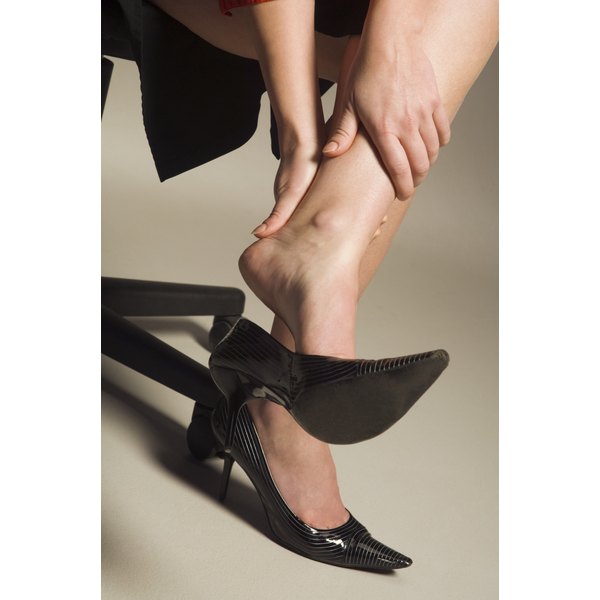
There are some simple exercises you can do to help relieve tired legs. Even a minute of these exercises can get your blood flowing.
There are some things you can do to prevent or reduce your risk for tired legs:
 Add padded insoles for additional support.
Add padded insoles for additional support. Usually, resting and home remedies will be effective in relieving tired legs. However, if your legs still feel tired after at-home treatment or if the tiredness has persisted for more than a few days, make an appointment with your doctor.
Also see your doctor if you’re experiencing any pain, dysfunction, or discomfort. Your doctor can determine if there’s an underlying condition that’s causing your legs to be tired.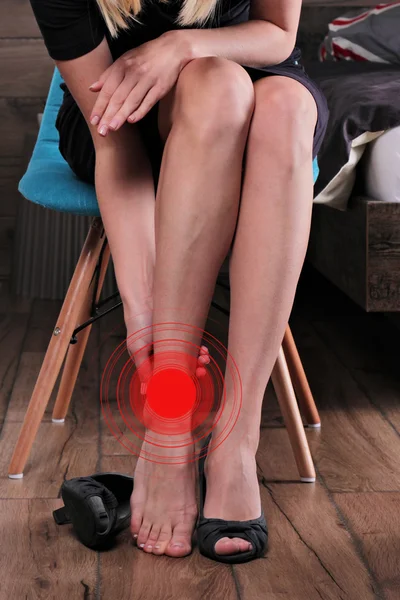
In most cases, taking time to rest and take care of yourself will be enough to regain energy in your legs. Your legs do a lot for you. They deserve a bit of special treatment every now and again!
But if you regularly experience a feeling of tiredness in your legs or have unexplained pain or swelling, talk to your doctor.
A person who has tired legs may also experience leg pain, cramping, and soreness. If a person occasionally has tired legs, they may be able to resolve the symptoms easily with rest or gentle movement.
If the heaviness involves additional symptoms, is out of the ordinary, and has no apparent cause, it may be the result of a condition that requires treatment.
Here are some of the possible causes for tired and heavy legs:
It can be normal for the legs to feel tired after vigorous exercise, especially when a person works out more than they would usually.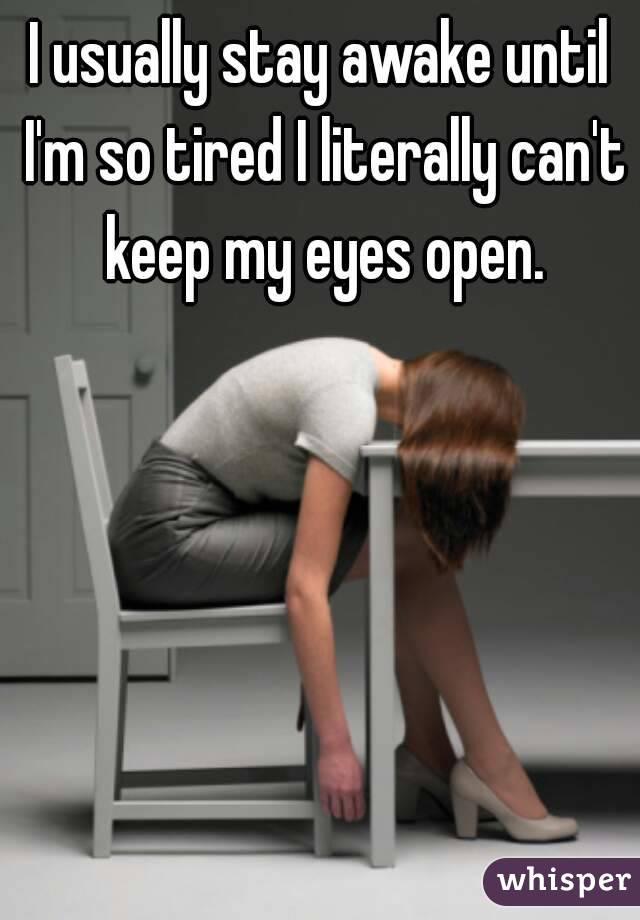
Without proper rest, muscles, including those in the lower body, are unable to recover properly. Working out too hard or without proper rest may lead to a feeling of tired, heavy legs.
Proper rest reduces the chance of health issues and undue stress on the body.
People who stand all day for work are also at risk for leg-related symptoms, including tired, heavy legs. If possible, these individuals should take frequent breaks to rest their legs and avoid overuse.
Limited movement can also cause leg fatigue. People who sit all day or take time off from exercise may experience heaviness in their legs.
Resuming activity or taking breaks to stand and walk throughout the day can help.
People with restless leg syndrome experience uncomfortable sensations in the legs, such as aching, throbbing, and the urge to move these limbs. The condition often occurs at night and disrupts sleep.
Moving the legs can provide temporary relief and resolve the discomfort.
Too much exercise or inadequate stretching of the muscles can lead to cramping in the legs. Cramping can range from a small tic to severe pain, and the legs may feel tired and heavy.
People with cramping should rest until it goes away. If cramping persists or occurs frequently, they should seek medical help.
People with varicose veins may experience heavy, tired legs.
Those with this condition have veins that do not adequately circulate blood. When blood does not circulate properly, it begins to pool, causing the veins to swell.
The following home remedies can help with varicose veins:
People whose symptoms do not improve should make an appointment with their doctor.
When a person is low in potassium, they may experience hypokalemia which can cause:
Some medications may cause hypokalemia.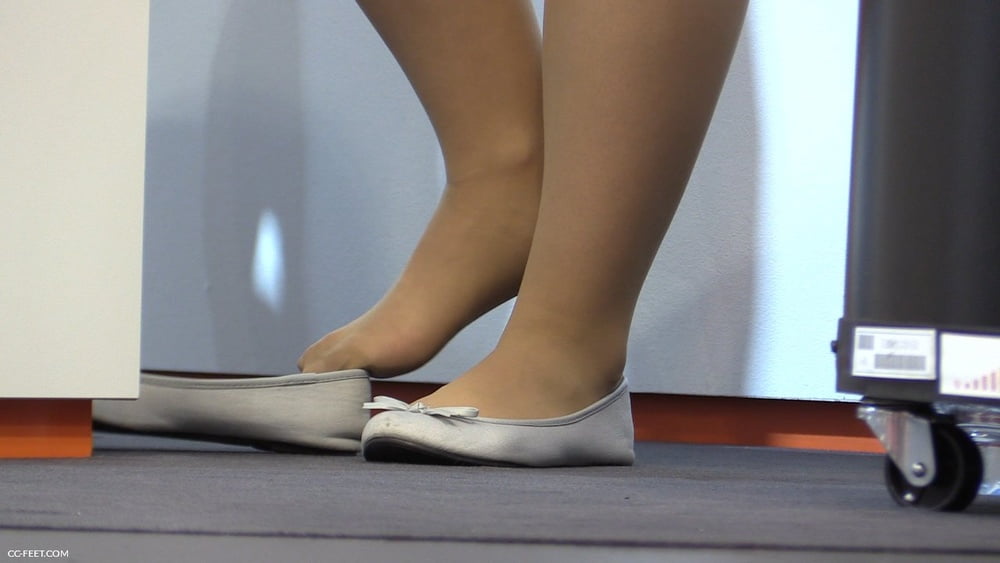 A doctor can verify whether drugs or an underlying condition is the cause.
A doctor can verify whether drugs or an underlying condition is the cause.
People with CVI have weak veins and valves, which lead to poor circulation. Those with the condition may experience leg tiredness, swelling, and varicose veins.
Researchers have associated prolonged standing, such as for work, with an increased risk of CVI, as standing strains the body’s veins.
Other risk factors for CVI include:
For people who have no other complications, the treatment for CVI usually involves compression therapy, such as wearing compression stockings.
Pregnancy can cause leg swelling, which can be uncomfortable and lead to tiredness in the lower body. Leg swelling is the result of:
Anyone with sudden or severe swelling during pregnancy should seek medical help, as it may be a sign of preeclampsia.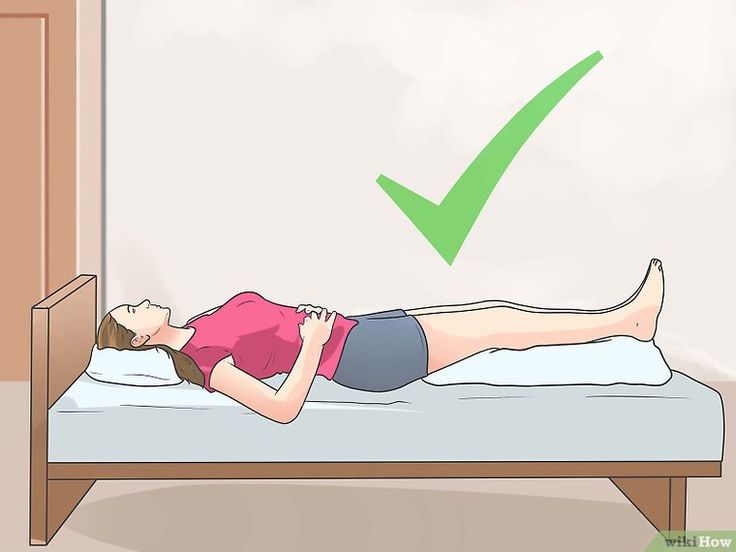
Obesity is a medical condition that occurs when a person carries excess weight or body fat. People with obesity may experience tired, heavy legs.
Added weight puts pressure on the joints, tendons, and muscles in the lower body.
People with obesity have lower relative muscle strength in their legs than those without this condition. This lack of relative strength can cause the leg muscles to feel weak and tired.
PAD is a circulatory issue that affects the body’s veins and arteries. Symptoms begin when fat clogs the arteries and blocks blood flow.
PAD symptoms, including tired limbs and aching muscles, are common in the legs because PAD can limit circulation in the lower body.
The following are risk factors for PAD:
People with MS commonly experience muscle fatigue, including in the legs.
MS fatigue occurs because of impaired nerve signaling between the brain and muscles.
People with MS may also have the following symptoms:
Anyone who suspects that they have MS should see a doctor for a diagnosis.
People can try the following home remedies to relieve their symptoms until they receive a diagnosis and treatment plan from a doctor:
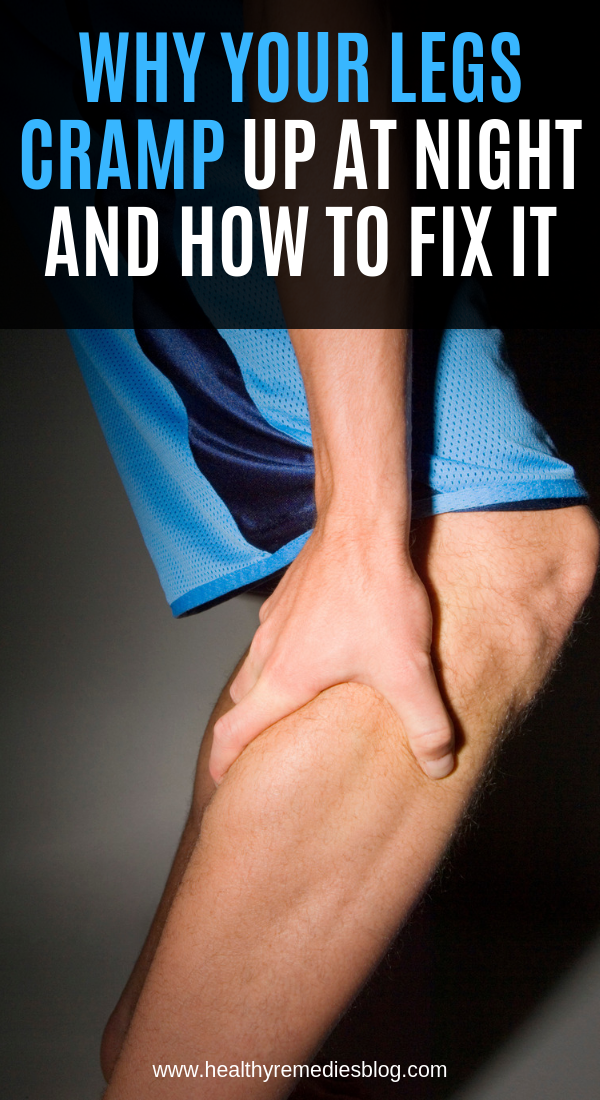
People can schedule rest days after vigorous exercise to prevent overtraining, which can also cause tired legs.
It is normal for people to have tired, heavy feeling legs occasionally. A person may experience aches and pains for several reasons, including exercise, inactivity, and work habits.
If the tired feeling does not go away with rest and involves other symptoms, a person should see their doctor for a checkup.
Depending on the root cause of a person’s leg tiredness, a doctor may recommend lifestyle changes or recommend or prescribe:
Tired legs are a normal part of life. People can experience tired, heavy legs after strenuous exercise or a long day sitting or standing at work. People may find that the discomfort resolves with rest or home remedies.
If a person’s legs feel tired all the time, and the feeling does not ease with rest and home remedies, it is advisable to see a doctor for a diagnosis and treatment plan.
Everyone has heard that a contrast shower invigorates the body. But this technology can also be applied locally. Contrasting foot baths are a great way to relieve fatigue, improve blood circulation, and cleanse the skin. In addition, contrasting temperatures contribute to an increase in the tone of the body as a whole, activating the central nervous system and spurring the immune system.
In addition, contrasting temperatures contribute to an increase in the tone of the body as a whole, activating the central nervous system and spurring the immune system.
How to make foot baths:
You can also use hot and cold baths separately. Hot ones are suitable if the legs feel cold or heavy, and cool ones are suitable when you need to relieve fatigue and pain. It is better to increase the temperature of the hot bath gradually, so you will contribute to the gradual expansion of blood vessels.
The healing power of a relaxing foot massage is impossible to ignore. Firstly, it is pleasant, and secondly, it really helps to relieve muscle tension and improve blood flow. The correct sequence is important here: it’s worth starting with kneading the heels and arch of the foot. Then you can proceed to more "aggressive" actions, pressing the knuckles on the foot and making circular movements. Then the inner arch of the foot needs to be rubbed quite intensively (from heel to toe). But when massaging the calves and shins, it is worth making gentle movements from the bottom up.
Firstly, it is pleasant, and secondly, it really helps to relieve muscle tension and improve blood flow. The correct sequence is important here: it’s worth starting with kneading the heels and arch of the foot. Then you can proceed to more "aggressive" actions, pressing the knuckles on the foot and making circular movements. Then the inner arch of the foot needs to be rubbed quite intensively (from heel to toe). But when massaging the calves and shins, it is worth making gentle movements from the bottom up.
It is recommended to apply foot gel with troxerutin after the massage. It tones and pleasantly cools, and also has anti-inflammatory, anti-edematous and antioxidant effects. There are two of them in the CONSUMED assortment: a gel containing 2% troxerutin and a gel with the addition of additional components - leech extract and horse chestnut (you can use the one that will give you the best effect on an ongoing basis, everything is individual).
It is useful to complete the massage with kneading exercises: circular rotations of the feet, walking on tiptoe and heels, raising the legs up.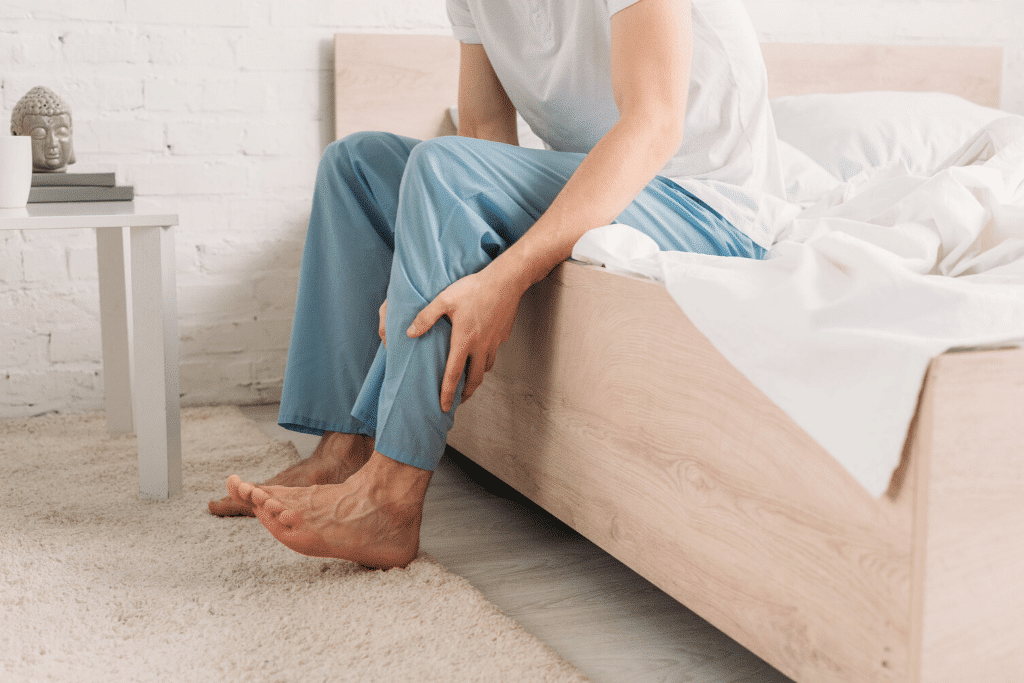 Exercise will also help absorb the gel.
Exercise will also help absorb the gel.
If the legs are chronically disturbed, there may be problems with the veins and blood vessels: a tendency to varicose veins, lymphovenous insufficiency. In such cases, you should immediately consult a doctor who will prescribe the best course of treatment. The course program often includes dietary supplements based on Diosmin and Hesperidin as aids. They help reduce vein extensibility and control venous congestion, reduce capillary permeability, increase their resistance (stability).
The CONSUMED assortment includes venotonic foot products based on these components: Flebonne and Venotonic.
Venotonic promotes:
Phlebonnet helps:
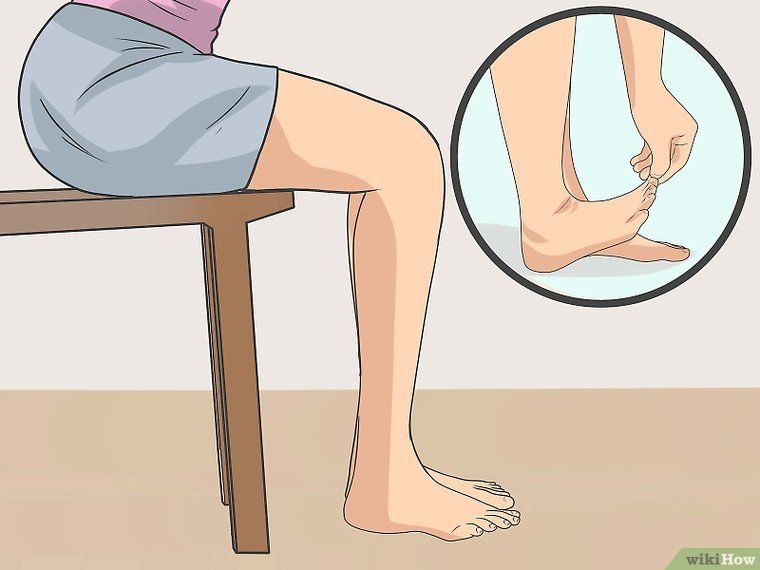
Preparations can be found in two forms of release: 30 and 60 tablets.
dietary supplement. IS NOT A MEDICINE. BEFORE USE, IT IS RECOMMENDED TO CONSULT WITH A SPECIALIST.
Basic ways to quickly relieve tired legs
For starters, you should be concerned about your legs are less tired. To do this, you should regularly perform a special gymnastics, wear only comfortable shoes, use orthopedic insoles and other similar products. This will help prevent the development of diseases and reduce discomfort after the end of the working day.
If your legs are very tired, they need to be given rest: it is advisable to lie down, moreover, so that the feet are elevated, as this will increase the outflow of blood and help relieve pain faster.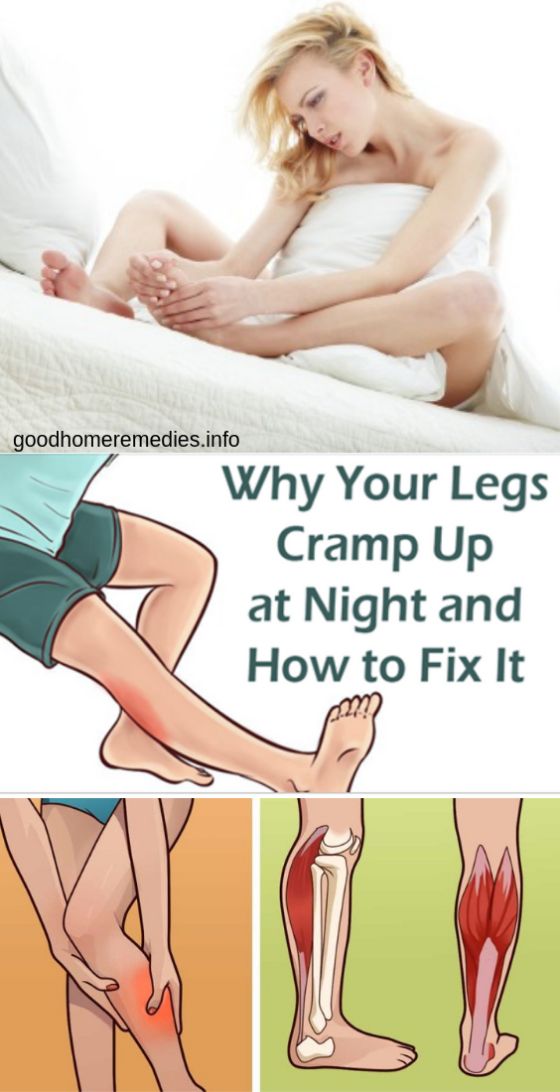 The best option - just put a pillow under your feet. It is advisable not to throw one leg at the same time. on the other - this will interfere with the free circulation of blood. If you have varicose veins or other serious disease, be sure to use special medicines prescribed by a doctor.
The best option - just put a pillow under your feet. It is advisable not to throw one leg at the same time. on the other - this will interfere with the free circulation of blood. If you have varicose veins or other serious disease, be sure to use special medicines prescribed by a doctor.
Diet arithmetic: how to independently calculate your metabolism and learn it Manage The problem of excess weight worries millions of people. But far not everyone who enters into an unequal struggle with the hated kilograms, familiar with the basic principles of weight loss.
After resting for 20-30 minutes, take a foot bath. You you can use a decoction of linden, chamomile, horsetail or plantain for this - You can buy dry herbs at the pharmacy. It's good if you add sea water to salt. The water temperature should not exceed 37o Celsius. Medium the duration of the procedure is 10-15 minutes. By the way, this will help not only relieve discomfort, but also simplify pedicure and foot care.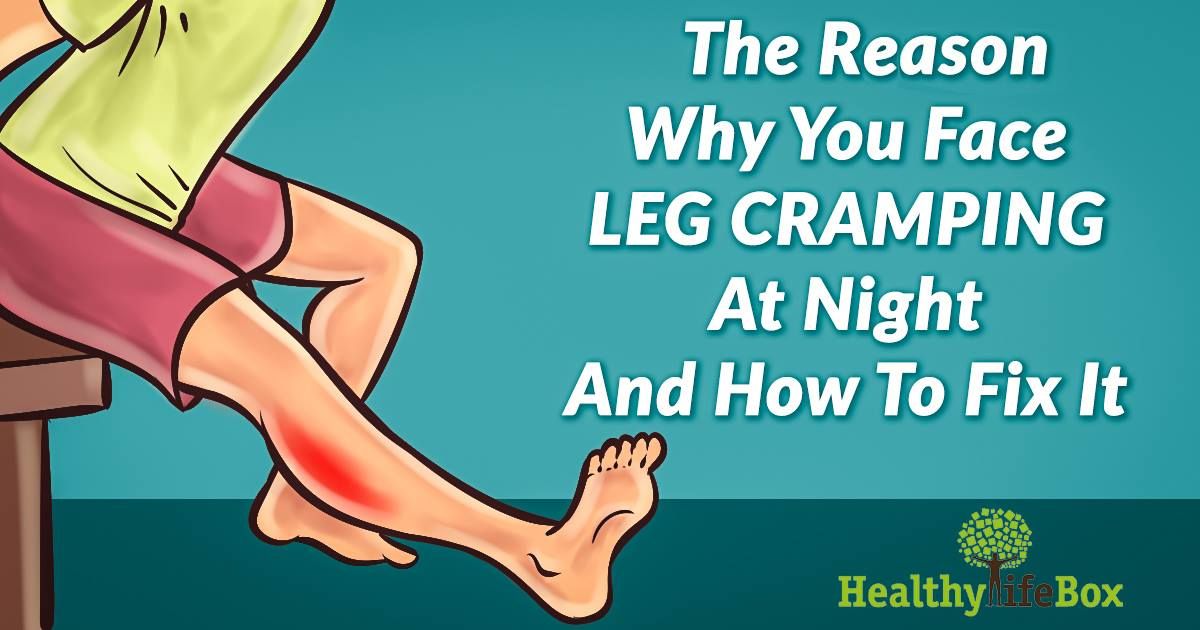
How to get rid of severe fatigue and pain at the feet
If fatigue is very strong, try use contrast baths. To do this, you need to take two basins, one fill with water at a temperature of about 40 ° Celsius, and the second with cool water. Then you need to dip both legs into the first pelvis, hold for two minutes and dip into second. Repeat this procedure for half an hour. Be sure to finish need cold water. After the baths, thoroughly rub your feet and lubricate them ointment or cream to relieve fatigue. Then it is recommended to lie down, put your feet on the pillow and rest for 5-7 minutes. After this procedure, you will feel much better.
Another great option is massage. feet, especially if you do it after a bath - both regular and contrast. Apply anti-fatigue cream to skin and gently massage first the whole foot, then each toe individually, and then go to ankles. Please note: people with varicose veins are categorically it is not recommended to resort to this method of solving the problem - it is better for them to combine baths using a special therapeutic ointment.